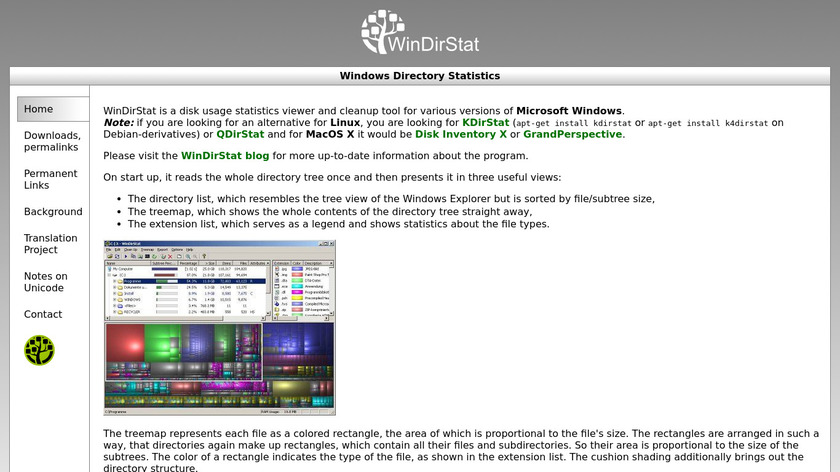

TREESIZE REVIEW TRIAL
ManageEngine ADManager Plus – FREE TRIAL An easy-to-use service that provides a better management interface for Active Directory than the native GUI for the system.SolarWinds Access Rights Manager – FREE TRIAL A comprehensive Active Directory management tool that offers a way to manage user groups and device and file permissions that can be applied to many AD instances.Here is our list of the top NTFS auditing and reporting tools: Such actions could end up being perilous to organizations. When any individual or group is given excess rights and permissions to access all files and folders, it can lead to unwarranted changes to files or inappropriate access. Though this may sound overarching, in reality, it is necessary to protect the critical resources of an organization. We also recommend that future research examine the possible consequences of these mechanisms to long-term ecological success for trees of different sizes in the presence of other biotic and abiotic stresses.Many times, managers and compliance auditors ask IT administrators to give a report listing file share permissions granted to different individuals and groups. To facilitate synthesis and improve prediction of ozone impacts on trees, we recommend that future ozone scaling research examine the occurrence and effectiveness of avoidance, compensation, defense, and repair in trees of different sizes with consistent methodology on a suite of species that vary in ecological and physiological characteristics. Drawing firm conclusions from published scaling studies is complicated by wide variation in study methodology and how ‘seedling’ and ‘mature tree’ are defined. For most of these species ( Picea rubens, Pinus ponderosa, Prunus serotina, Sequoiadendron giganteum), large or old trees had lower stomatal conductance and lower ozone foliar injury than small or young trees, whereas for Quercus rubra, large trees had greater stomatal conductance and greater ozone foliar injury than small trees. This finding supports the hypothesis that differences in ozone response between different-sized trees of the same species occurs, at least in part, because of differences in ozone uptake. For tree species where response to ozone and stomatal conductance has been compared between large and small trees, the tree size class with the greatest stomatal conductance showed the greatest detrimental leaf physiological response to ozone.

A review of studies that have compared stomatal conductance between trees of different size and age showed that large trees typically have lower stomatal conductance than seedlings, suggesting greater avoidance of ozone uptake by large trees, but there are notable exceptions to this apparent trend. Of these mechanisms, avoidance is commonly measured in scaling studies whereas compensation, defense, and repair are not. Differences in ozone sensitivity between mature trees and seedlings may occur because of differences in: ozone uptake (avoidance), compensation for injured tissues, internal properties that oppose the production of tissue injury (defense), and repair of tissue injury. Complicating the ability to scale ozone responses from seedlings to canopy trees are differing interpretations of what is meant by ozone sensitivity. Also, it is possible that ozone exposure dynamics may differ for seedlings growing near the ground compared to exposure within the forest canopy. Mature trees typically differ from seedlings in morphological, phenological, and physiological characteristics that may profoundly influence response to ozone exposure. However, it is difficult to extrapolate, or scale, results from experiments on seedlings to larger forest trees. The vast majority of information regarding ozone effects on trees has come from experiments with seedlings, where controlled concentrations of ozone were administered in indoor or outdoor chambers for periods lasting from several days to one or more growing seasons. Ozone is probably the most important regional air pollutant currently affecting forest trees.


 0 kommentar(er)
0 kommentar(er)
